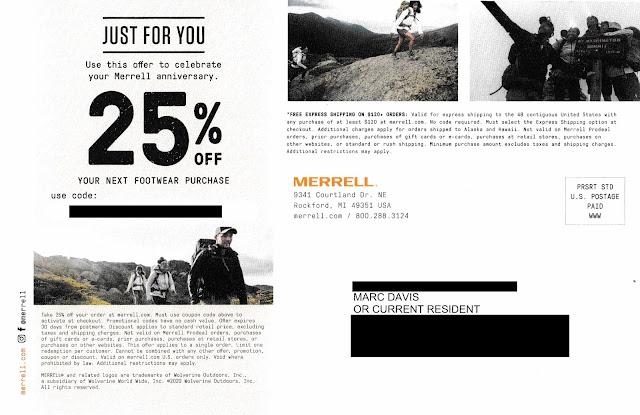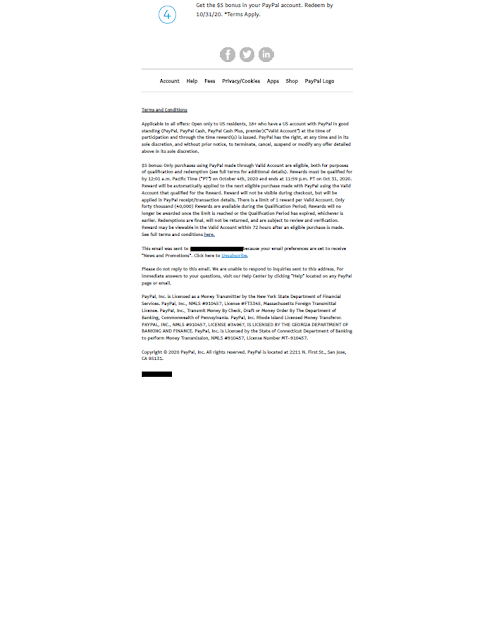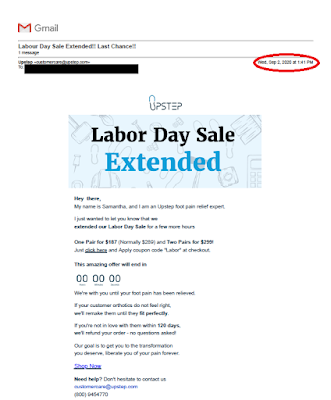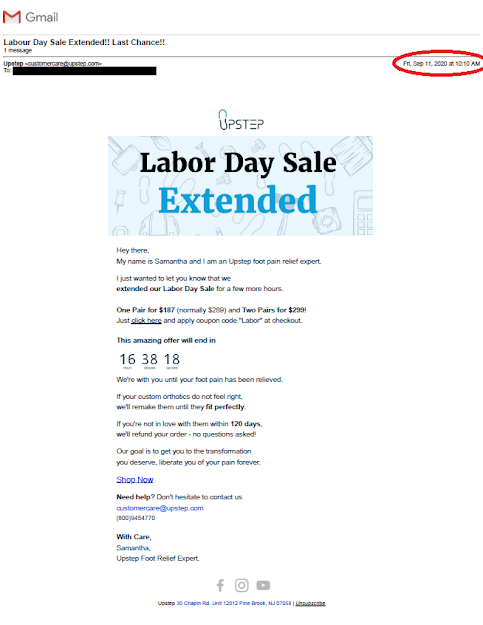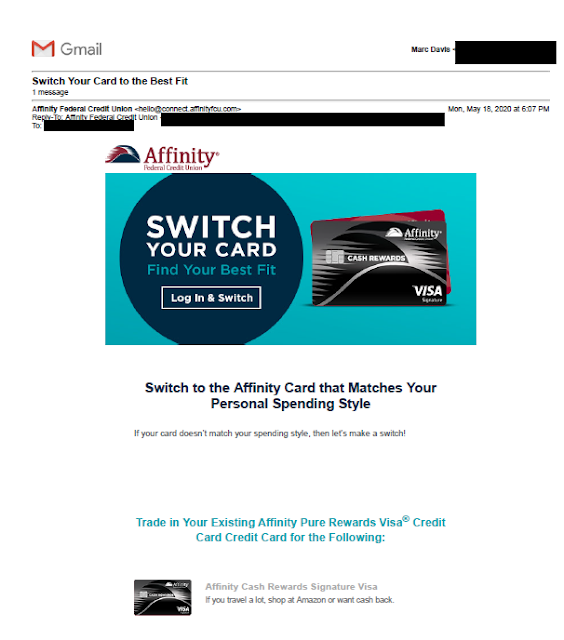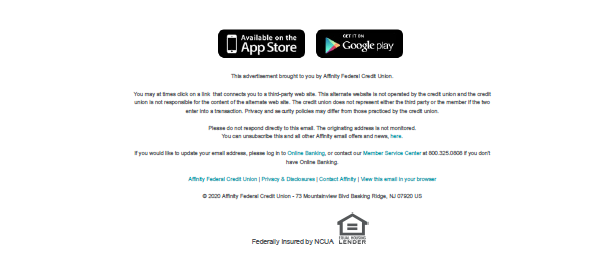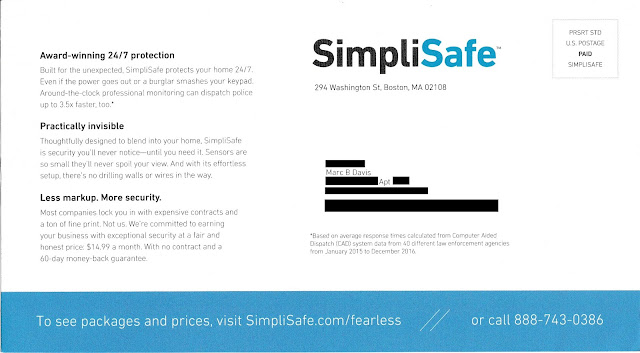Two postcards arrived within a day of each other. One includes elements that can make direct mail successful; the other Fails in multiple ways.
This postcard from freshdirect reflects smart use of these elements, specifically:
- Targeting: No one at the targeted home has purchased from freshdirect. The targeted home is in a freshdirect delivery area and in a zip code where overall use of grocery delivery has increased.
- Offer: There is a new customer incentive of $25 off the new customer's first purchase, -- a good reason to to give freshdirect a try. Plus, the offer is valid for about three weeks from the postcard's in-home date, motivating that customer to take action right away.
- Creative: The 5 1/2" x 10 1/2" postcard clearly communicates its sales proposition both visually and in prose. One side of the postcard succinctly communicates the service provided, and even includes a tag line to reinforce the sales proposition. The address side includes the call to action and supporting benefits messages. The incentive is unambiguous -- at a glance, the reader knows what it is, the value, when to use it, and how to take advantage of it.
- Timing: Mid-October is likely the last time of year to mail and avoid the oncoming clutter associated with holiday catalogs and other gift-related mailings.
- Execution: The postcard was printed with spot varnish to protect the pictures from appearing scuffed.
- Tracking: The new customer incentive includes a promo code for the customer to use. This promo code facilitates the customer discount, but it also allows freshdirect to track the customer's path to becoming a customer. This means freshdirect can reasonably assume it was the postcard that motivated customer action.
Also, it takes a pair of reading glasses to review the disclosure noting that this offer is good through December 7, approximately eight weeks after the postcard arrived. That response window is too long to encourage what is typically an impulse decision: namely, what to have for dinner tonight. This wide response window merits a Fail for Offer.
 |
| The caviar introductory offer is not valid for DoorDash customers. It expires eight weeks after arriving in home |
- When soliciting new customers, communicate a compelling sales proposition.
- A response window should be long enough to give a customer time to respond, but not so long that immediacy is discouraged.
- Mail your offer only to customers who might be eligible to take advantage of the offer.





